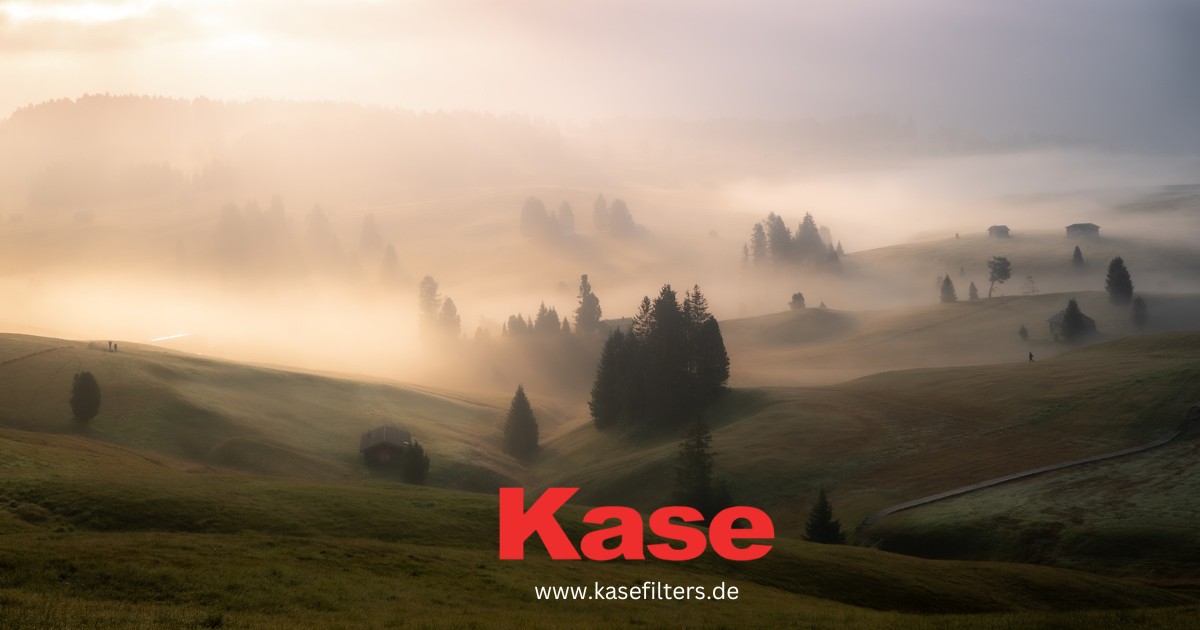17 de setembro de 2024 Team Kasefilters
General
General

Fog photography: tips, techniques and ideas for atmospheric photos
A névoa transforma o mundo num lugar místico. Não é de admirar que seja o clima preferido dos fotógrafos que amam paisagens atmosféricas e oníricas. Mas fotografar na névoa traz alguns desafios, como baixo contraste, autofoco difícil e a necessidade de técnicas especiais. Neste blog, apresentamos dicas práticas, configurações e ideias criativas para que você possa tirar melhores fotos na névoa.
Acesso rápido:
Dicas básicas para fotografar névoa
Configurações da câmera
Dicas de composição
Uso da luz na fotografia de névoa
Ideias para fotografar na névoa
